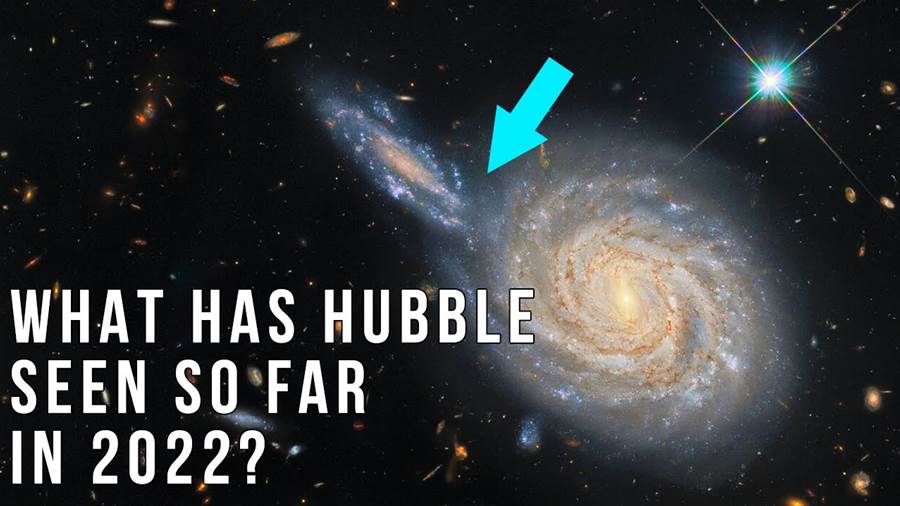
The Hubble Space Telescope has already captured remarkable 4K images of the universe in 2022. These breathtaking images provide a stunning view of various astronomical phenomena and objects, showcasing the beauty and vastness of space.
One of the first images captured by the Hubble Telescope this year is a gorgeous composite image of the spiral galaxy NGC 4603. Located 108 million light-years away in the constellation Centaurus, this galaxy appears vibrant with blue stellar nurseries and pinkish regions illuminated by young, hot stars. The image also reveals dark dust lanes and a prominent central bar structure, intricate features that contribute to the galaxy's allure.
In addition to NGC 4603, the Hubble Telescope also observed the stunning galaxy cluster Abell 3827. This composite image showcases the gravitational lensing effect, where the intense gravitational pull of massive objects bends and magnifies the light emitted by more distant objects. The gravitational lensing effect is evident in the long arcs surrounding the center of the image, creating a mesmerizing cosmic spectacle.
Furthermore, the Hubble Telescope captured a striking image of the Crab Nebula, an iconic supernova remnant located 6,500 light-years away in the constellation Taurus. The image exhibits the nebula's intricate structure, including the pulsar wind nebula, the expanding debris ring, and the intense blue and purple hues that represent high-energy emission.
Additionally, astronomers used the Hubble Telescope to observe the galaxy cluster MACS J0416.1-2403, situated about 4 billion light-years away in the constellation Eridanus. This image highlights the phenomenon of gravitational lensing once again, with multiple distorted and magnified images of more distant galaxies in the cluster's vicinity. These lensed galaxies provide valuable insights into the universe's early stages, as their light has traveled billions of years to reach us.
Furthermore, the Hubble Telescope has captured vivid images of other notable galaxies, such as UGC 2885. This colossal galaxy, nicknamed the "Rubin galaxy" after astronomer Vera Rubin, is one of the largest known spiral galaxies, spanning about 2.
Overall, the Hubble Space Telescope has already produced a stunning array of 4K images in 2022, showcasing the awe-inspiring beauty and diversity of the universe. These images offer glimpses into distant galaxies, supernova remnants, and cosmic phenomena, further enriching our understanding of the cosmos and our place within it.








